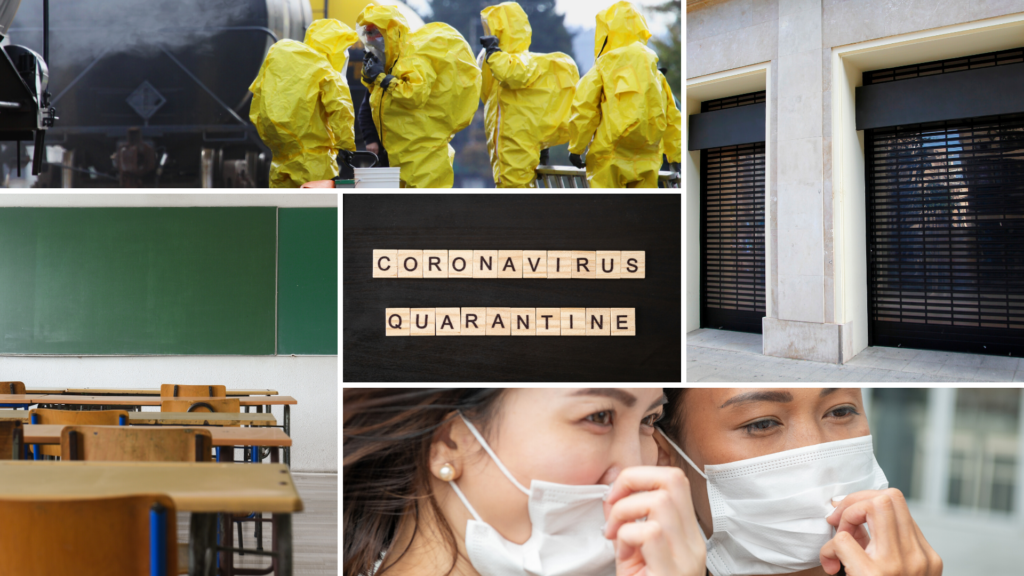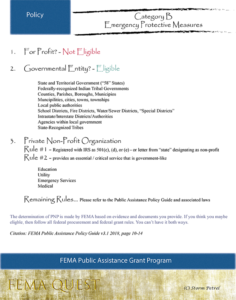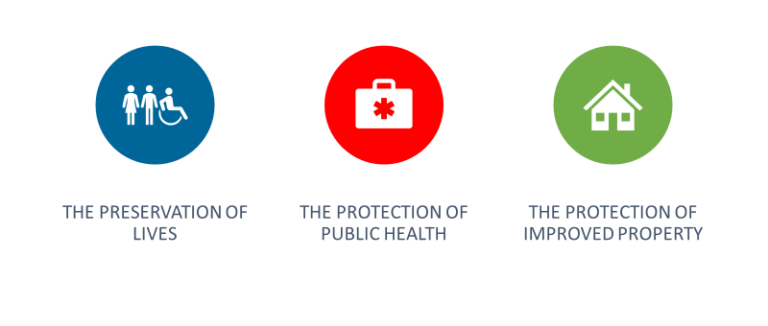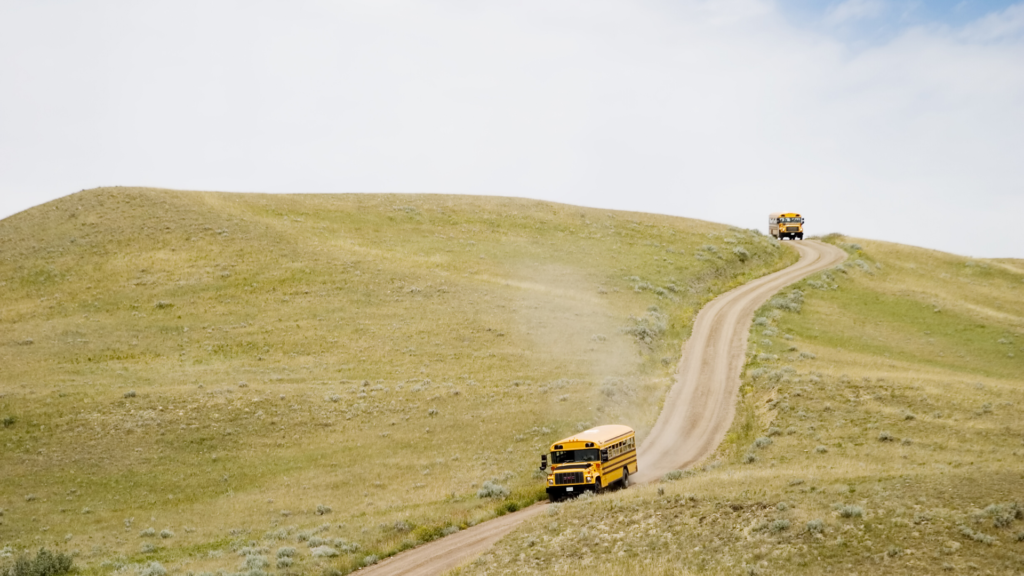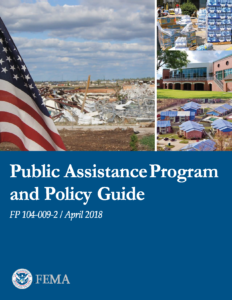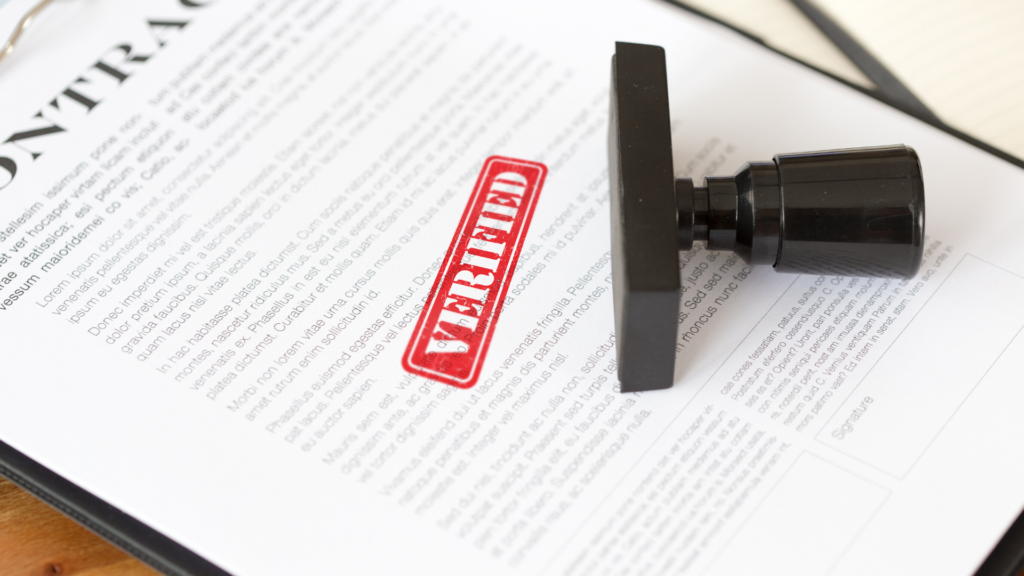FEMA Public Assistance Eligibility

In our series on how to manage disaster relief grants, we hope to help you and your community benefit from FEMA grants. By studying the public assistance eligibility, you will learn how to get FEMA funding for COVID-19 response in your community. This episode asks the following questions: are you eligible for a FEMA grant? Are you eligible for a FEMA grant for COVID-19? Are you eligible for a FEMA grant for COVID-19 response?
We will help you answer this question by exploring the rules on eligibility as described in the FEMA PAPPG.
We are providing these materials to you hoping that you can help your community, your organization survive this disaster and wisely execute the mission before you. If you appreciate this presentation, please share it.
Subscribe to our YouTube Channel
Eligibility Matters

We’ve invented this fictious game called FEMA Quest. This series will help you confidentially navigate the rough terrain ahead and thrive while managing a FEMA grant. But who gets to play? Are you eligible for a FEMA grant for COVID-19?
If you are allowed on the playing field and you plan to ask for money, you must qualify as an eligible applicant. It is a pretty binary situation: you is or you ain’t.
So, an organization either qualifies as an eligible applicant or it does not. That’s barrier number one.
Barrier number two to playing FEMA Quest involves the facilities involved. This is a little less interesting with the 2020 COVID-19 disaster response, but it is a critical rule for weather-based disasters.
If you get through those two, you are on the FEMA Quest map. Your mission, the work you perform and the materials you buy must align (1) align perfectly with the scope of the disaster and the scope of work authorized by FEMA Grants and (2) be necessary and (3) reasonable.
This is the outline of this episode:
- Applicant eligibility
- Facility eligibility
- Work eligibility
Are you Non-Profit?

Ugh, I have been on phone calls and in rooms where the use of the word “applicant” became contentious. I’ll digress for a minute on this term. A few years ago, the United States federal government endeavored to unify the grant management rules so that all agencies and all programs executed their processes consistently. This unified set of rules is called 2CFR200. In this august body of words, the authors used “sub-recipient”. An awkwardly precise term. A sub-recipient is a grant applicant who receives their funds via a “recipient”. The “recipient” is often a state agency who administers the grant on behalf of the federal agency.
I don’t care much about the word. Applicant is a lovely, accurate word and is easy to say. An applicant submitted an application for a grant. Recipient is a nice word to. A Recipient is an Applicant who has (or very likely) will be in receipt of grant funds. A sub-recipient is an applicant and a recipient. See, a sub-recipient submitted an application. And a sub-recipient will also be in receipt of moneys.
FEMA’s publications use the words nearly interchangeably. The FEMA PAPPG certainly calls those who apply for grants “applicants”.
Pick your word, be flexible and celebrate the diversity that people bring to any process. And be kind to each other. There are no points given to any player for arguing over sub-recipient versus applicant. There are way more interesting arguments to have. This isn’t one.
What makes an applicant eligible? The prime directive is: The applicant must be a non-profit organization.
· Is Storm Petrel LLC a non-profit organization? No. We are not. So not eligible.
· Is the City of New York a non-profit organization? Yes, it is. Could be eligible.
You is or you ain’t. This is a pretty binary discussion.
Organizations that are non-profit file specific forms with the IRS. There are dozens of types of non-profits. The IRS code is filled with them.
There are non-profit ambulance services and for-profit services. There are for-profit water districts and non-profit water districts.
Being a non-profit organization is only the first test.
Government or Not?

The next test asks if you are a government or not. Sadly, this is not binary, well it is, but the answering can be very complicated. Some organizations are clearly governments. The Town of Halifax, Vermont – this is a government. The Borough of Anchorage Alaska is a government. Our great nation is founded on so diverse cultural influences. I love this diversity. I have been getting to know New Mexico a bit through our contract with that great state. I am humbled. Ancient Native American traditions stand proudly, as well as some Mexican traditions, and Anglo-American traditions. When forming governments and government-like organizations sometimes these traditions blend and sometimes they do not blend.
I know enough not to bring very New England/Yankee understanding of government to this corner of our shared country. And during my decade in Alaska, I worked for Alaska Native Medical Center and the U.S. Public Health Service. I also worked for three of regional native health hospitals.
Defining the Government
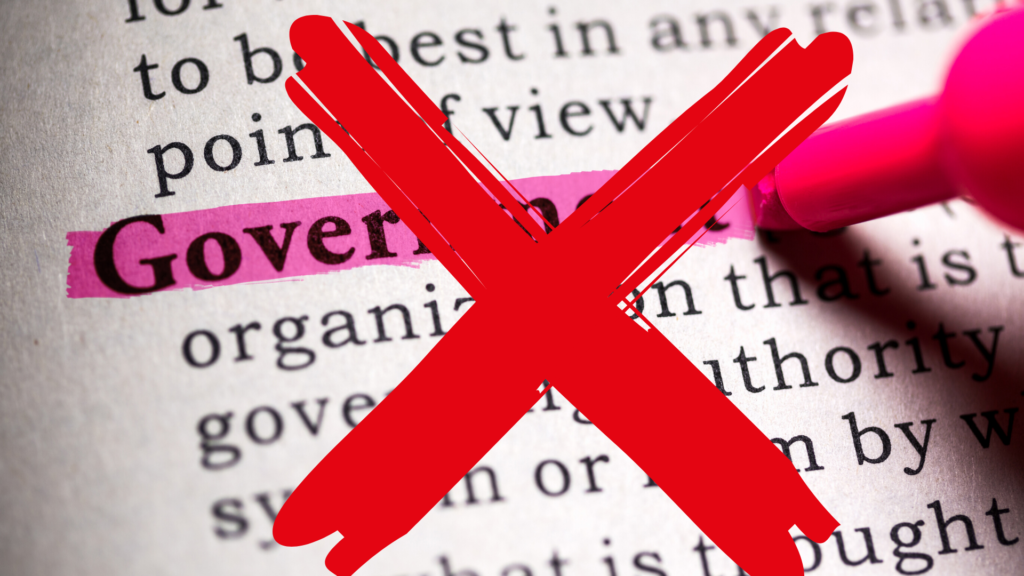
I know enough to declare I can not define a government. Louisiana carries traditions of French Common Law. And here in Vermont and Massachusetts, we are firmly embedded in English traditions from the 1600s.
If you are a government then you are an eligible applicant. These include school districts, municipalities, intra-state and interstate organizations, and other interesting odd entities.
If you have been previously defined as a government by FEMA, then you are likely all set. If FEMA has never ever heard of you, set up a meeting to discuss the situation. You be you and prove how it is that your organization is a government.
That’s test number two. It is really easy for so many cases, then there is that one situation where it isn’t. You’ll gather your evidence. You’ll read the rules in the FEMA PAPPG. You’ll contact peers in your region and across the nation.
In Episode 6 we will return to the FEMA Quest game. We will explore some of the good-guys you’ll meet in that terrain. We’ll create an identification guide together and suggest you recruit some good-guys to your team.
Non-Governmental Non-Profit Organizations
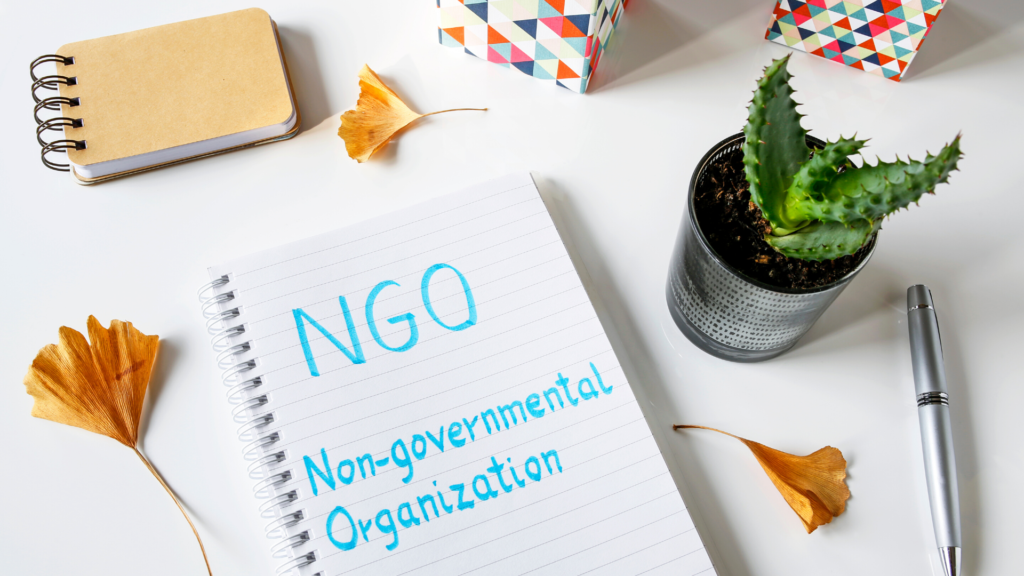
To recap. For-profit versus non-profit?
If you are for-profit, you’ve been excluded from the FEMA Public Assistance Grant Program. The clue is in the name: Public.
Government or non-governmental non-profit organization?
If you are a government, then you are eligible.
What is left?
Non-governmental non-profit organizations. In casual speech,
many Americans would say: NGO meaning non-governmental organization. The UN introduced
some precision to the definition NGO. It is really close to what FEMA means with PNP – private non-profit.
What is a PNP in FEMA lingo? It is non-governmental not-for-profit
organization that provides essential government-like services.
This is the land of many discussions and arguments. Is there
one key phrase that makes PNP eligible and not eligible? There is. It is “Public”. If your organization provides an essential public service to the general public, then you are likely an eligible applicant. Let’s be extremely clear: FEMA makes these determinations.
In the early hours of a disaster, FEMA tosses PNP to the ignore-pile
aggressively. In time, they come around and sort through the PNPs and make determinations. Hang tight. Their first word is never the final word. If your services match their definitions of essential or critical, FEMA will come around with time and a bit of a gentle nudge.
Behave as if you are Eligible

I applaud FEMA efforts to ensure that our tax dollars for public assistance hit their intended target. Yes, there is a frayed edge with
organizations that provide great services and don’t classically fit into the neat definitions FEMA offers. You’ll have to wait patiently for a ruling. If this is you, then behave as if you are eligible. Use federal procurement rules. Log your time. Calculate your fringe rates. Behave exactly like an eligible applicant should. If the ruling is in your favor, you didn’t blow up your chances for reimbursement.
If you insist you are an eligible PNP and then you disregard
federal procurement rules and you don’t log your labor and equipment correctly, you sunk your own battleship. You fought to be a player at the game of FEMA Quest then by ignoring the rules, walked away.
You can not have it both ways.
We have a handout with lovely lists of Likely Eligible
things for you to download. And it is in the PAPPG on pages 10 and 11 and 13. Let’s touch on a few.
Is a for-profit hospital eligible? No. It is for-profit.
Is Brattleboro Memorial Hospital a likely eligible facility?
According to their website, it is a 61-bed not-for-profit community hospital. Tick, non-profit. Is medical services a critical public service? Yes. Tick. There you go. Probably an eligible applicant.
Sometimes a for-profit organization is associated with a
non-profit foundation. The basic rule involves seeing how the non-profit arm operates. If the payroll, vehicle, building leases, and operational expenses are carried by the non-profit, then maybe it is eligible. Most for-profits don’t do that. The routine daily operational costs are needed to offset profit and reduce tax burden. Non-profit affiliates tend to have very specific missions that do not overlap with the daily operations.
We are providing you a copy of these rules in a simplified manner – like a game card. While it looks like a game, it is a sincere means of helping you track through this process.
Work Eligibility
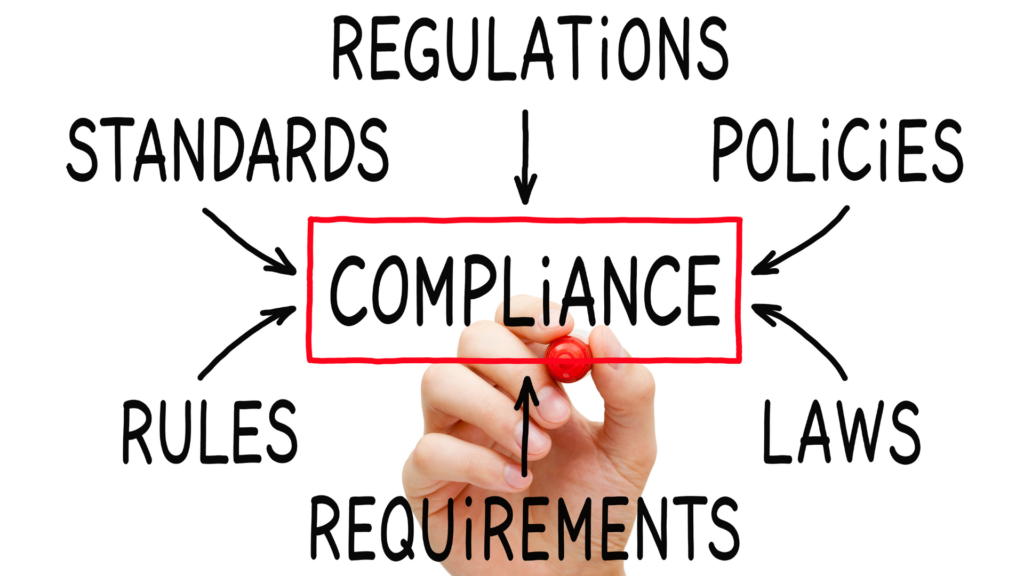
Facility is a FEMA term that is a catch-all for building, works, systems, equipment, improved or maintained natural feature. There are some interesting challenges with facility. But I don’t think facilities will factor heavily in the COVID-19 grant funding. Property is not being destroyed by flood waters, wind, or fire. Don’t dismiss the value “facilities” as a critical feature, but we can discount the topic a little bit.
And move on to the eligibility of work. You have a HUGE RISK here. People make massive mistakes with the eligibility of work. FEMA is pretty firmly in charge of the determination of eligibility of applicants and facilities.
If you are an eligible applicant, and your facilities are eligible, then you know this because you have been awarded a grant. FEMA lets go of your hand here. They authorized a scope of work for your organizations.
People, you must pay 100% attention to 100% of the words in the scope of work. Your scope of work will be written on a form called the 90-91. You must not only do what is in the scope of work, you must prove you did it, in writing, on documents that you will scan to PDF.
If you run a non-profit ambulance service, and your scope of work states that you must apply with the clean water act, then you must comply with this act. And you must find a means of proving you complied. How would I do this? I’d find a summary of the clean water act and post it in the break room. I’d email it to the team and inform them of mandatory training. Do 5 minutes of training on the Clean Water Act and other compliance things. Submit the roster and the email as proof. As a paramedic or EMT, this makes no sense. But to play FEMA Quest, you want that point. Go get that point. Seems stupid but in under 10 minutes of effort you are done.
There is no Ambiguity
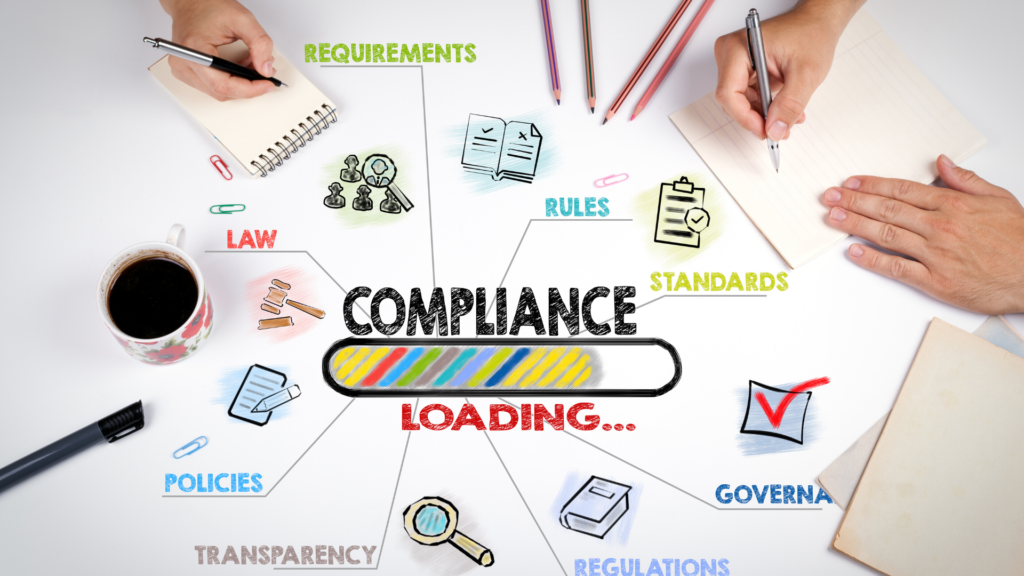
Clean Water Act aside. The mistake people make is executing tasks that are not authorized. If the scope of work describes picking up blue dots. Then you must prove that you picked up blue dots. If you submit labor costs for picking up all dots, including the green and the yellow dots, you will have your labors costs denied.
I’ll restate this. If the grant’s scope of work describes funding picking up blue dots and give a budget of say $200,000, then your mission is to pickup exactly blue dots. If you pick up yellow dots, you must not report yellow-dot labor costs. If your labor logs and labor reporting is vague, the entire $200,000 may be rejected. If your photographs, logs, and invoices show only blue dots, then you’ve proven you stayed on the path.
It matters.
If your labor costs exceed $200,000 you must either stop the work, or you must ask for an increased budget.
FEMA ties the grant value to the authorized work. They are two sides of the same coin. I have worked bridge projects. FEMA specified the compression strength of the concrete and the color-coded type of the rebar within the concrete. We provided the lab-results associated with samples taken during the concrete pour. We provided invoices showing the rebar type and augmented that with photographs showing the rebar in place as concrete was poured.
There was no ambiguity. They specific green rebar and some precise PSI. We showed them we executed precisely with invoices, photographs, and lab reports.
You make the Request. FEMA Answers.

The public funds that FEMA provides must be used to complete an essential government-like function. The team executing the grants and paying the bills must be a non-profit entity – either a government or government-like organization, or a private non-profit (PNP) that meets FEMA criteria.
If you’ve met the above criteria, you may be awarded a grant by FEMA to execute a project or a mission. That grant will have a precise and detailed scope of work. This grant will have an estimated value and an obligated value. You must work within that budget and perform that tasks in the scope of work.
If you perform work that is not in the scope, it is not eligible.
If you exceed your budget, you must request a scope and budget change before you hit that limit.
There is NO flexibility on this, unless you work within the rules and with your team. You may request a change to the scope and request a change to the budget and even request a change to the completion date. You make the Request. FEMA and your state’s administration team will provide you answers and guidance.
Please share this material with colleagues. Post about us and our efforts on your favorite social media platform. And don’t forget to grab the map to help you get started with FEMA Quest.
Download FEMA Quest Rules
